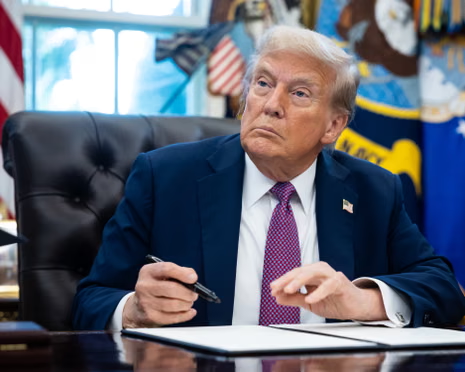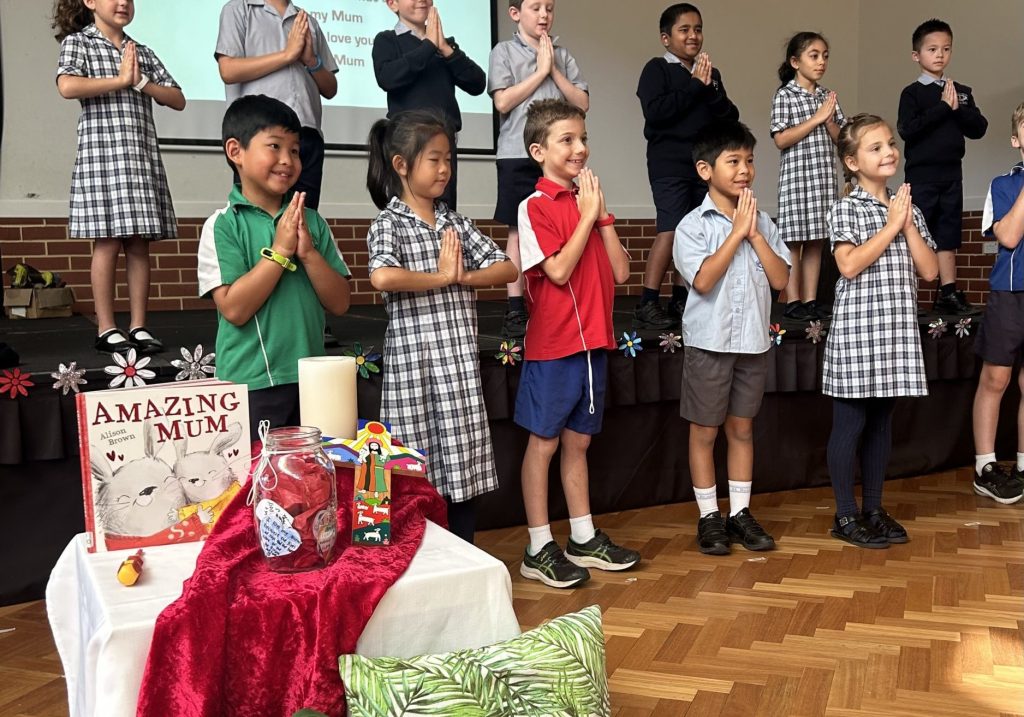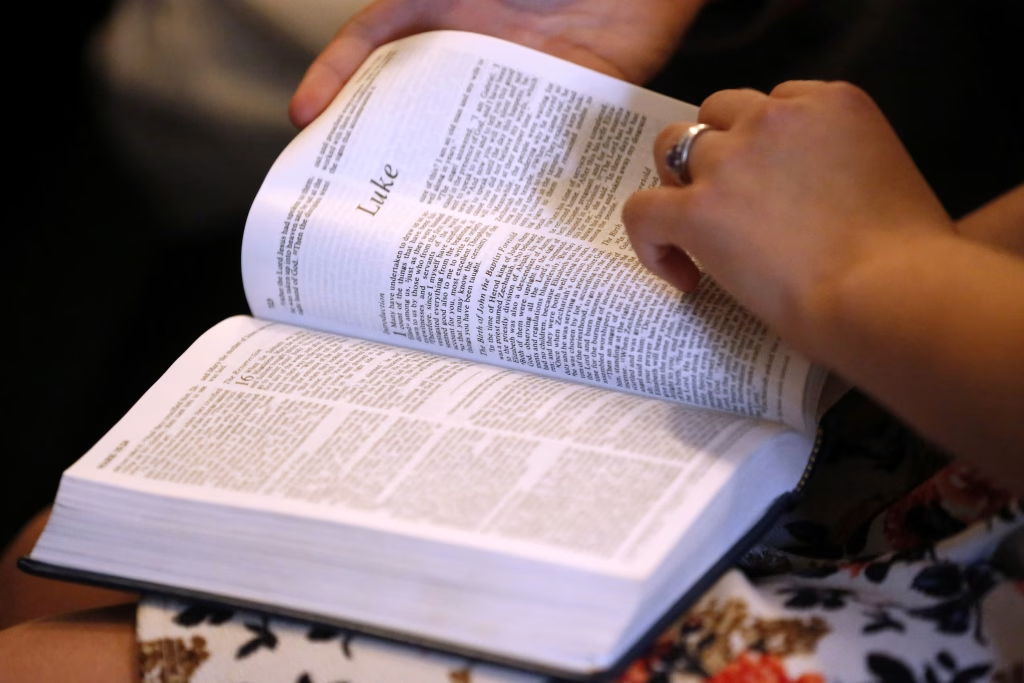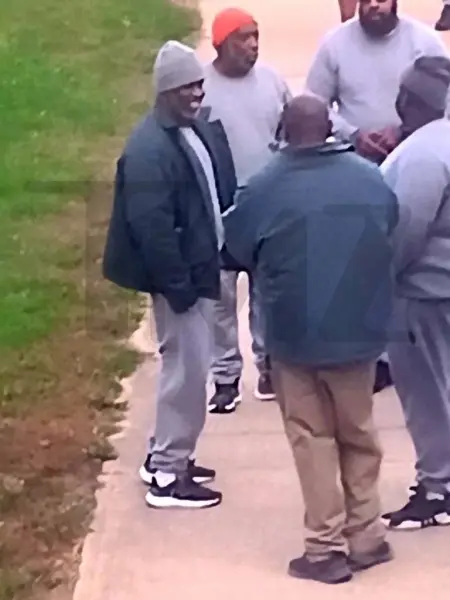President Trump Announces New Department of Education Guidance to Protect Students’ Right to Pray in Public Schools—“Bible Was Found in Every Classroom!”
I’ve been thinking a lot today about the quiet ways faith shapes our everyday experiences, especially in schools. When I heard President Trump’s announcement that the Department of Education would be issuing guidance to protect prayer in public schools, it hit me somewhere deeper than just another political headline. It truly feels like a moment calling us to examine what we want our schools—and our country—to stand for.
Trump stood at the podium, speaking with conviction: “For most of our country’s history, the Bible was found in every classroom in the nation!” he said. His words carried a nostalgia for a time when religion and public life seemed intertwined. He then shifted tone, targeting what he called “anti-religious propaganda” in today’s schools, saying that many students are discouraged or punished for expressing their beliefs—and calling it “RIDICULOUS.” The announcement that the Department of Education would soon release new guidance seemed like an effort to reclaim that older era and make it possible again.

I’ve looked into how this idea fits into what’s actually possible under current law and constitutional rulings. It turns out, the right to private, voluntary prayer by students is already protected—courts have made that clear for decades. What cannot happen, though, is school-sponsored or leader-led prayer. The First Amendment’s Establishment Clause prohibits the government from endorsing religion. A sensitive legal balancing act has long governed how personal faith is allowed in public schools, and guidance documents from the Department of Education have simply clarified those standards.
Still, what struck me about Trump’s remarks is how clearly they resonated with parents and educators who feel their values have been sidelined. His mention of the “Bible in every classroom” speaks to a longing for what they saw as a simpler, more familiar time. And it isn’t limited to the students. Leaders like Ryan Walters in Oklahoma have pushed for more visible faith in classrooms—placing Bibles on desks, encouraging school prayer, and setting up offices for “religious freedom and patriotism.” States such as Texas and Louisiana have passed laws to allow prayer time or religious instruction under certain conditions. Trump’s words feel like a signal that he stands with that growing movement.
Yet, others worry deeply about what this means for religious pluralism and inclusivity. Critics argue that public schools must remain neutral about faith—not to drive it out, but to protect students from feeling coerced or marginalized. Shooting from the hip, Trump framed it as pushing back against “anti-religious propaganda,” and for some observers, that sounded like a recrudescence of Christian nationalism. Schools need to honor both freedom of religion and freedom from government-imposed religion.
At the heart of this debate, though, is a shared longing—for belonging, for meaning, for the comfort that comes from faith. When Trump says something like “We don’t need destructive, WOKE recipients getting our cherished American awards,” or that “we will bring prayer back,” he isn’t just speaking policy. He’s tapping into how faith silently shaped generations of classrooms, communities, and families.
We’re entering a moment when education policy, law, and culture are colliding in ways that deeply affect children—every day. If this new guidance goes forward, it will be a test of how our country honors both the First Amendment and the quiet faith of everyday Americans. There will need to be clarity about what’s allowed and what draws the line as government versus individual expression.

Some schools have already found creative ways to work within existing law—like offering voluntary “released time” religious instruction, or letting students form religious clubs. Trump’s announcement could open more doors for these kinds of accommodations if they’re done right, with sensitivity and respect.
For me, it’s a reminder that policy isn’t only about words on paper—it’s about the moments when students feel seen, or unseen; trusted, or punished, for something as personal as their faith. It’s easy to box this into legal debates. But the real impact will be felt quietly in hallways and lunchrooms—where a student chooses to bow their head, or hand on a Bible, or nothing at all, and how the adults around them respond.

If the Department of Education guidance helps teachers and principals honor freedom of religion while avoiding coercion, it could be constructive. If it tips toward government-sponsored prayer, it risks crossing that one clear constitutional line we’ve learned not to cross. That’s the balance to watch—faith without enforcement, recognition without endorsement, belonging without bias.
This isn’t just politics. It’s a conversation about what we stand for in the smallest, most personal corners of our schools—and what we let our nation remember when it hears that prayer is “back in class.”


